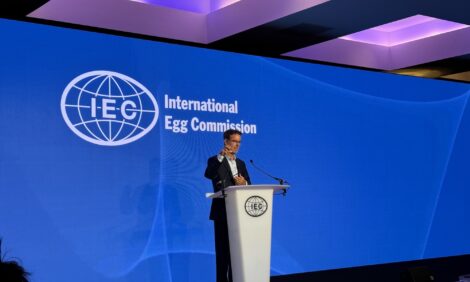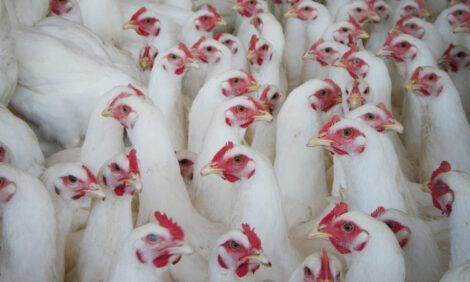



Effect of Competitive Exclusion in Reducing the Occurrence of Escherichia coli Producing Extended-spectrum Beta-lactamases in the Caeca of Broiler Chicks
A substantial reduction in the colonisation of broiler chick caeca by E.coli producing elements that confer resistance to antibiotics was achieved by the use of a commercial competitive exclusion product, according to new research from Scandinavia. The product had not been designed for this purpose but has been used for decades in Finland to prevent Salmonella colonisation in broilers.Extended-spectrum Β-lactamases (ESBL) and class C serine Β-lactamases (pAmpC) able to hydrolyse third-generation cephalosporins are a recognised threat to the efficacy of these drugs in treating serious infections, according to Lasse Nuotio from the Finnish Food Safety Authority (Evira) and co-authors from Orion Corporation in Finland and the Swedish National Veterinary Institute in a paper published recently in Poultry Science. They continue that broiler chicks are a known source of Escherichia coli harbouring genes for these enzymes.
Competitive exclusion (CE) has been used for decades in Finland to prevent the colonisation of broiler caeca by Salmonella but has not been widely used in Sweden. The markedly different prevalences of ESBL- or pAmpC-producing E.coli at slaughter in broilers produced in the two countries suggest a potential role for CE.
Their present study was undertaken to determine the efficacy of a commercial CE product in reducing the colonisation of broiler caeca by ESBL- or pAmpC-producing E.coli.
The challenge organisms were isolated from healthy broilers in Sweden. Each E.coli strain (one ESBL and two pAmpC types) was subjected to four replicate trials. In each trial, a group of 20 newly hatched Ross breed chicks were treated by gavage with the CE product, whereas another group of 20 was left untreated. The next day, all 40 chicks were inoculated by gavage with the E.coli strain. The chicks were reared in cardboard boxes and received feed and water ad libitum. After a week, the chicks were asphyxiated with carbon dioxide, and their caeca removed and examined for the presence of the E.coli strains.
The median and quartiles of the challenge E.coli estimates in the groups were determined, and the treated and control groups were compared with the Wilcoxon 2-sample test.
In each trial, a substantial and statistically significant or highly significant reduction was observed in the colonisation of the caeca of CE-treated chicks by E.coli strains, compared with that of untreated control.
Referring to an arbitrary criterion for high shedders presented in the literature, Nuotio and co-authors concluded that at least for the ESBL E.coli, the results were also of epidemiological relevance.
Reference
Nuotio L., C. Schneitz and O. Nilsson. 2013. Effect of competitive exclusion in reducing the occurrence of Escherichia coli producing extended-spectrum β-lactamases in the ceca of broiler chicks. Poult. Sci. 92(1): 250-254. doi: 10.3382/ps.2012-02575
You can view the full report by clicking here.
February 2013











